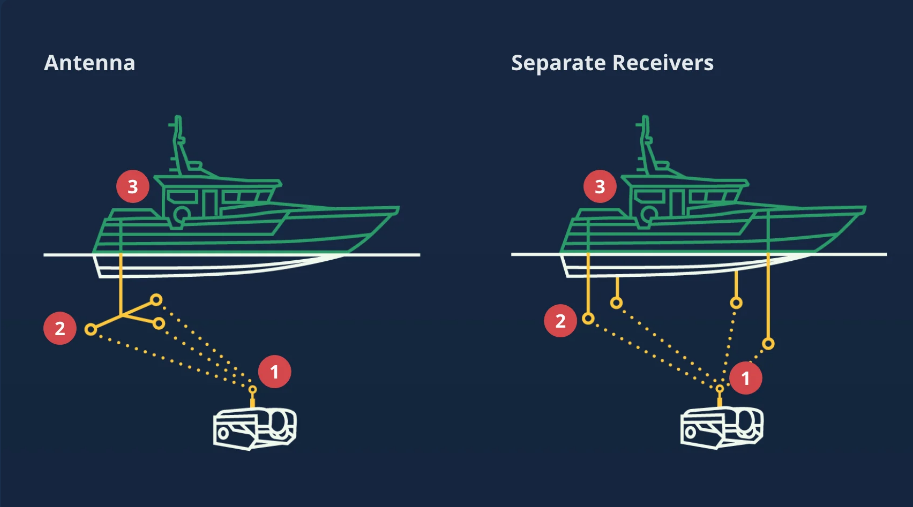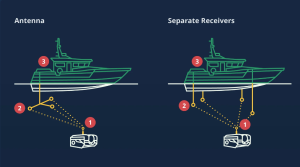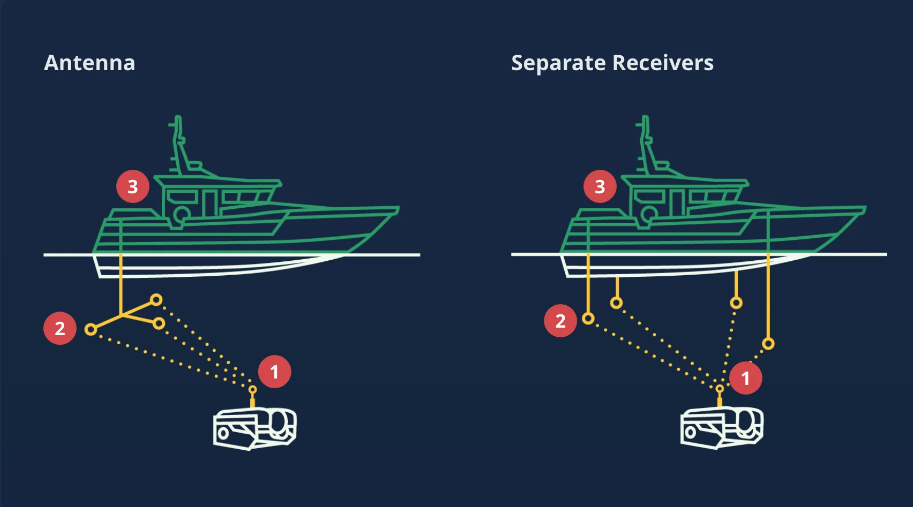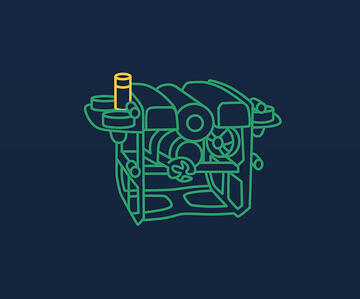
حل أساسي مخصص
يمكن تسليم أجهزة الاستقبال الأربعة بأطوال كابلات تبلغ 10 أو 50 أو 100 متر. هذا يفتح أمامك خيارات نشر مرنة للغاية ، حتى على أكبر القوارب.

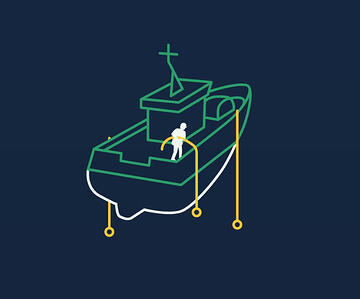

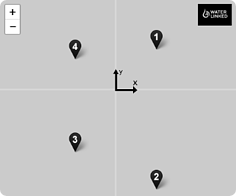
الإعداد الأمثل لجهاز الاستقبال
عندما يكون ذلك ممكنًا ، حاول نشر المستقبلات بحيث يكون لديك مسافة مترين على الأقل بينهما. قد يؤدي وضع أجهزة الاستقبال على أعماق مختلفة إلى زيادة الأداء.
تأكد من أن أجهزة الاستقبال مغمورة جيدًا ويفضل أن تكون أسفل منطقة الرش حيث قد تكون هنالك فقاعات هواء من الأمواج وما إلى ذلك.
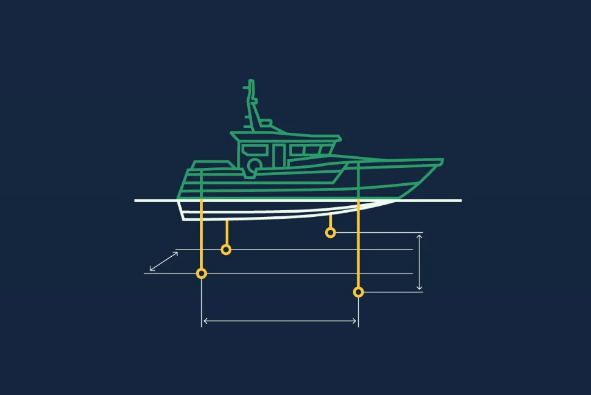
تقييد إعداد جهاز الاستقبال
إذا كنت غير قادر على نشر خط أساس مربع ، فقد ينتهي بك الأمر ببعض القيود.
في المثال الموجود على اليسار ، جميع أجهزة الاستقبال في سطر واحد. مع مثل هذا الإعداد ، لا يمكن تحديد الجانب (أ أو ب) من خط الأساس الخاص بك. عليك قصر منطقة البحث في واجهة المستخدم الرسومية على جانب واحد فقط.

أداء
يتم تقدير فوائد UGPS حقًا عند العمل في أكثر البيئات صعوبة.
من خلال الجمع بين أجهزة الاستقبال المتعددة وخوارزميات البرامج المعقدة للغاية التي تعمل على الأجهزة الحديثة ، تتفوق UGPS حيث تتوقف أنظمة تحديد المواقع التقليدية عن العمل.
يتم عرض الأداء المذهل خاصة عندما تكون البيئة صعبة:
المياه الضحلة
داخل الخزانات أو حمامات السباحة
بالقرب من أجسام السفن
داخل أقفاص تربية الأسماك المأهولة بالكامل
القوالب الداخلية تحت سطح البحر
صحة
من خلال استخدام مبدأ الخط الأساسي القصير (SBL) ، يكون UGPS مستقرًا ودقيقًا ، ويضع محدد المواقع في نطاق متر واحد في نطاق 100 متر
اختبار أداء
يُظهر الفيديو أدناه اختبار أداء UGPS المثبت على قارب مزود بنظام تحديد المواقع العالمي (GPS) الذي يدعم RTK.
يوفر نظام RTK GPS تحديد المواقع بدقة تبلغ 1 سم تقريبًا للقارب ويسمح لنا بإنشاء سجل تعقب للقارب أثناء تنقله حول المرسى. لدينا بعد ذلك سجل تعقب لنظام تحديد المواقع العالمي (GPS) و UGPS.
من خلال تراكب سجل GPS مع سجل التتبع UGPS ، نوضح مدى موثوقية ودقة UGPS ، على الرغم من الصعوبات المرتبطة بتحديد المواقع الصوتية في المياه الضحلة (حوالي 6-8 م عمق).

